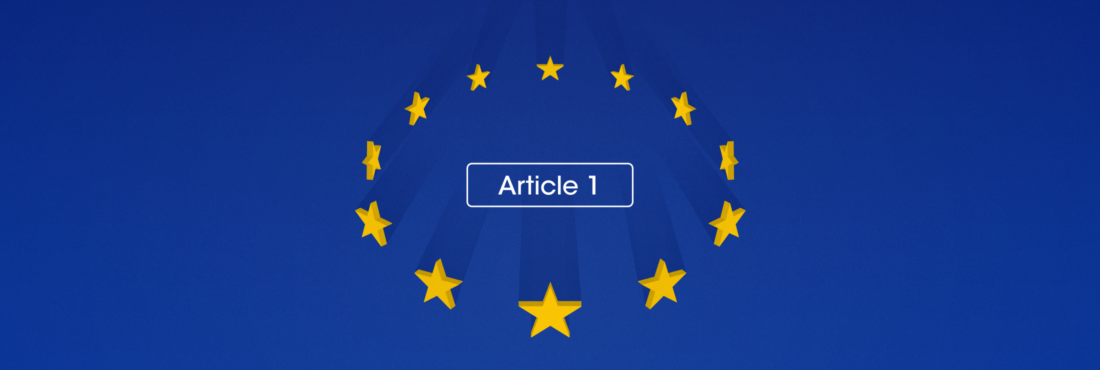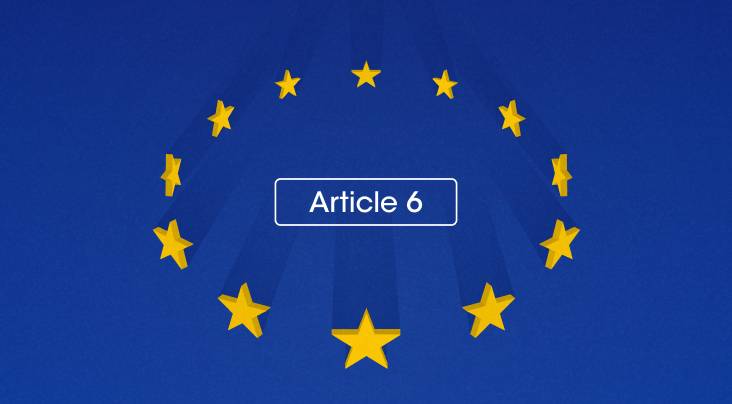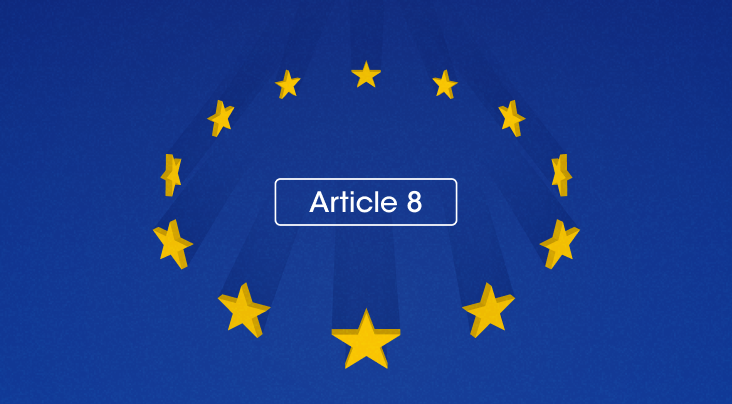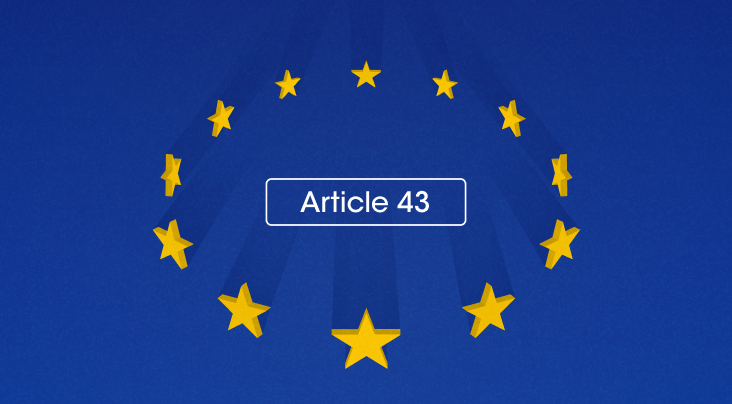The European Union’s Artificial Intelligence Act (AI Act) is a pioneering step towards creating a legislative framework that mandates the development, design, and implementation of safe AI.
Article 1 of the AI Act serves as an abstract that provides a descriptive overview of the Act’s overall goal and important considerations that organizations subject to it must take into account, particularly in terms of elevating the AI system's overall human-centricity and trustworthiness.
Furthermore, it guarantees an adequate degree of protection of health, safety, and fundamental rights enshrined in the Charter of Fundamental Rights. These rights encompass democracy, environmental protection, and the rule of law against adverse effects of AI models and systems while supporting innovation.
This Article contains the following essential points to take into consideration:
a. Harmonized Rules for AI Systems
By harmonized rules, the regulation aims to introduce a degree of standardization when it comes to AI systems being made available for use within the market. The primary purpose behind this push towards standardization is to create a consistent regulatory environment across all EU member states that facilitates the adoption of a uniform ethical standard related to AI development.
Consequently, businesses would have an easier time navigating the regulatory requirements as they will be focusing on one set of rules rather than a different obligation in each country. More importantly, such a framework can prove highly conducive to innovation and cross-border operations which will be vital for organizations in developing various AI products and services.
b. Prohibition of Certain AI Practices
Stated bluntly, the AI Act prohibits, and as a result, severely restricts the development of any AI models, systems, and applications that may pose an unacceptable risk to EU residents’ fundamental rights and safety. Per this requirement, the regulation places the onus on the businesses themselves to steer clear of any AI practices that may result in any form of unacceptable risk to their users.
c. Requirements for High-Risk AI Systems
One of the AI Act's salient features is its categorization model. Under this model, each AI model, system, or application is to be assessed and categorized based on the risk they seemingly pose to their users. Models and systems deemed high-risk will be subject to heightened scrutiny and requirements, such as extensive risk assessments, transparency, and human oversight, etc.
d. Transparency Rules
The AI Act emphasizes the importance of transparency rules, especially for AI systems that are more likely to interact with people and evaluate their emotions in real-time. Such systems must be upfront, honest, and transparent in their communications with their users regarding their internal decision-making processes. This means all developers behind AI models and systems must ensure these products and services are easily accessible and understandable by users.
e. Harmonized Rules for Placing on the Market
The AI Act contains essential details for all relevant stakeholders on their roles and responsibilities related to the market placement of general-purpose AI models.
f. Market Monitoring & Surveillance
The AI Act also touches upon how organizations developing mechanisms for market monitoring and surveillance are expected to operate. The rules outlined in the AI Act will work in tandem with the EU’s other data protection regulations to ensure all AI systems being developed place responsible risk management practices at the heart of their development process.
g. Measures to Support Innovation
The Act provides necessary information and clarity on what steps and measures relevant organizations may take related to innovation in Artificial Intelligence. Such information will be vital for SMEs and startups, as it will allow them to focus their time, efforts, and resources in a compliant manner.













